Customer Company Size
Large Corporate
Region
- Europe
Country
- Italy
Product
- ICONICS GENESIS32
Tech Stack
- Microsoft Excel
- ABB PLCs
Implementation Scale
- Enterprise-wide Deployment
Impact Metrics
- Productivity Improvements
- Customer Satisfaction
Technology Category
- Application Infrastructure & Middleware - Middleware, SDKs & Libraries
Applicable Industries
- Transportation
Applicable Functions
- Logistics & Transportation
Use Cases
- Public Transportation Management
Services
- System Integration
About The Customer
Rome Metro S.p.A. (Met.Ro.) is a local government organization that operates the Metropolitan Rome rail and surface bus lines within the city of Rome, Italy. They also manage some regional bus lines. The organization oversees two main metro rail lines with a total of 53 stations and is currently constructing a third line with 34 additional stations. Each line is approximately 22 km in length. The organization is responsible for the smooth operation of the metro and bus lines, ensuring that the citizens of Rome have reliable and efficient public transportation. The organization is also responsible for the maintenance and safety of the metro and bus lines, ensuring that all equipment and facilities are in good working order and meet safety standards.
The Challenge
Rome Metro S.p.A. (Met.Ro.) operates the Metropolitan Rome rail and surface bus lines within the city of Rome, Italy. They also manage some regional bus lines. The organization oversees two main metro rail lines with a total of 53 stations and is currently constructing a third line with 34 additional stations. Each line is approximately 22 km in length. The challenge was to monitor and control the metro line from a centralized location and provide alarm notification for the coordination of emergency actions. The system needed to centralize security monitoring and provide the status of auxiliary equipment at each of the remote stations on the rail line. The auxiliary equipment being monitored included ventilation systems, fire systems, moving stairs, elevators, normal and emergency lighting systems, uninterrupted power supplies, inverters, etc.
The Solution
Met.Ro. selected ICONICS GENESIS32™ to implement on their first of three rail lines. The software system was designed and installed by Automation Services S.r.L., a systems integrator, and was implemented over a two-year period. The ICONICS GENESIS32™ software suite incorporates smart symbols that were used by Metro Rome to automatically create large portions of their graphic screens. The import / export tools in the software suite allowed Metro Rome to create configuration databases using Microsoft Excel™ and other text processors. The Metro Rome control system is based upon 70 ABB PLCs in a distributed architecture with interlocking logic executed upon alarm notification. Locally, the subsystems are connected via Modbus RTU. The system has 8 GENESIS32 nodes, 7 alarm servers and 6 browser nodes. Over 7,000 digital and 500 analog tags are incorporated. The GENESIS32 system monitors 3,000 alarms that are both centralized and distributed across the station network for operator intervention.
Operational Impact

Case Study missing?
Start adding your own!
Register with your work email and create a new case study profile for your business.
Related Case Studies.
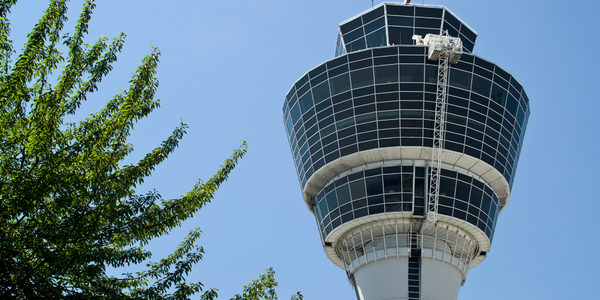
Case Study
Airport SCADA Systems Improve Service Levels
Modern airports are one of the busiest environments on Earth and rely on process automation equipment to ensure service operators achieve their KPIs. Increasingly airport SCADA systems are being used to control all aspects of the operation and associated facilities. This is because unplanned system downtime can cost dearly, both in terms of reduced revenues and the associated loss of customer satisfaction due to inevitable travel inconvenience and disruption.
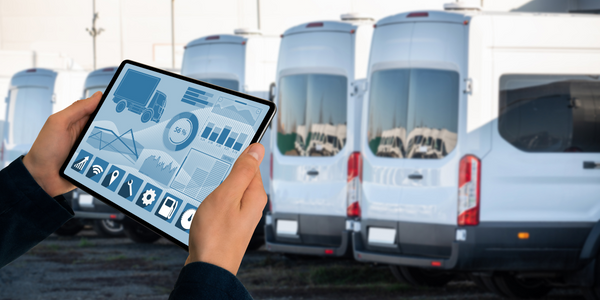
Case Study
IoT-based Fleet Intelligence Innovation
Speed to market is precious for DRVR, a rapidly growing start-up company. With a business model dependent on reliable mobile data, managers were spending their lives trying to negotiate data roaming deals with mobile network operators in different countries. And, even then, service quality was a constant concern.
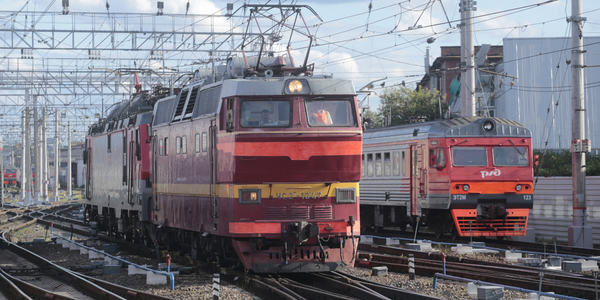
Case Study
Digitize Railway with Deutsche Bahn
To reduce maintenance costs and delay-causing failures for Deutsche Bahn. They need manual measurements by a position measurement system based on custom-made MEMS sensor clusters, which allow autonomous and continuous monitoring with wireless data transmission and long battery. They were looking for data pre-processing solution in the sensor and machine learning algorithms in the cloud so as to detect critical wear.
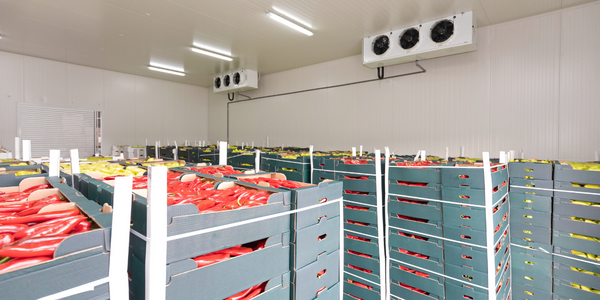
Case Study
Cold Chain Transportation and Refrigerated Fleet Management System
1) Create a digital connected transportation solution to retrofit cold chain trailers with real-time tracking and controls. 2) Prevent multi-million dollar losses due to theft or spoilage. 3) Deliver a digital chain-of-custody solution for door to door load monitoring and security. 4) Provide a trusted multi-fleet solution in a single application with granular data and access controls.
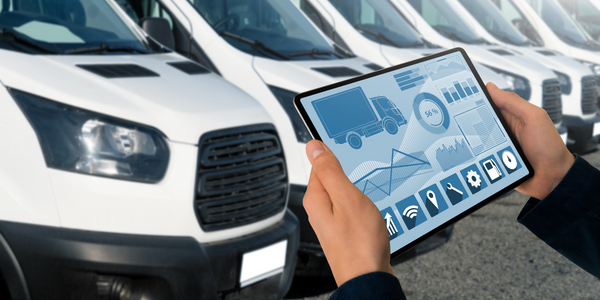
Case Study
Vehicle Fleet Analytics
Organizations frequently implement a maintenance strategy for their fleets of vehicles using a combination of time and usage based maintenance schedules. While effective as a whole, time and usage based schedules do not take into account driving patterns, environmental factors, and sensors currently deployed within the vehicle measuring crank voltage, ignition voltage, and acceleration, all of which have a significant influence on the overall health of the vehicle.In a typical fleet, a large percentage of road calls are related to electrical failure, with battery failure being a common cause. Battery failures result in unmet service agreement levels and costly re-adjustment of scheduled to provide replacement vehicles. To reduce the impact of unplanned maintenance, the transportation logistics company was interested in a trial of C3 Vehicle Fleet Analytics.

Case Study
3M Gains Real-Time Insight with Cloud Solution
The company has a long track record of innovative technology solutions. For example, 3M helps its customers optimize parking operations by automating fee collection and other processes. To improve support for this rapidly expanding segment, 3M needed to automate its own data collection and reporting. The company had recently purchased the assets of parking, tolling, and automatic license plate reader businesses, and required better insight into these acquisitions. Chad Reed, Global Business Manager for 3M Parking Systems, says, “With thousands of installations across the world, we couldn’t keep track of our software and hardware deployments, which made it difficult to understand our market penetration.” 3M wanted a tracking application that sales staff could use to get real-time information about the type and location of 3M products in parking lots and garages. So that it could be used on-site with potential customers, the solution would have to provide access to data anytime, anywhere, and from an array of mobile devices. Jason Fox, Mobile Application Architect at 3M, upped the ante by volunteering to deliver the new app in one weekend. For Fox and his team, these requirements meant turning to the cloud instead of an on-premises datacenter. “My first thought was to go directly to the cloud because we needed to provide access not only to our salespeople, but to resellers who didn’t have access to our internal network,” says Fox. “The cloud just seemed like a logical choice.”






